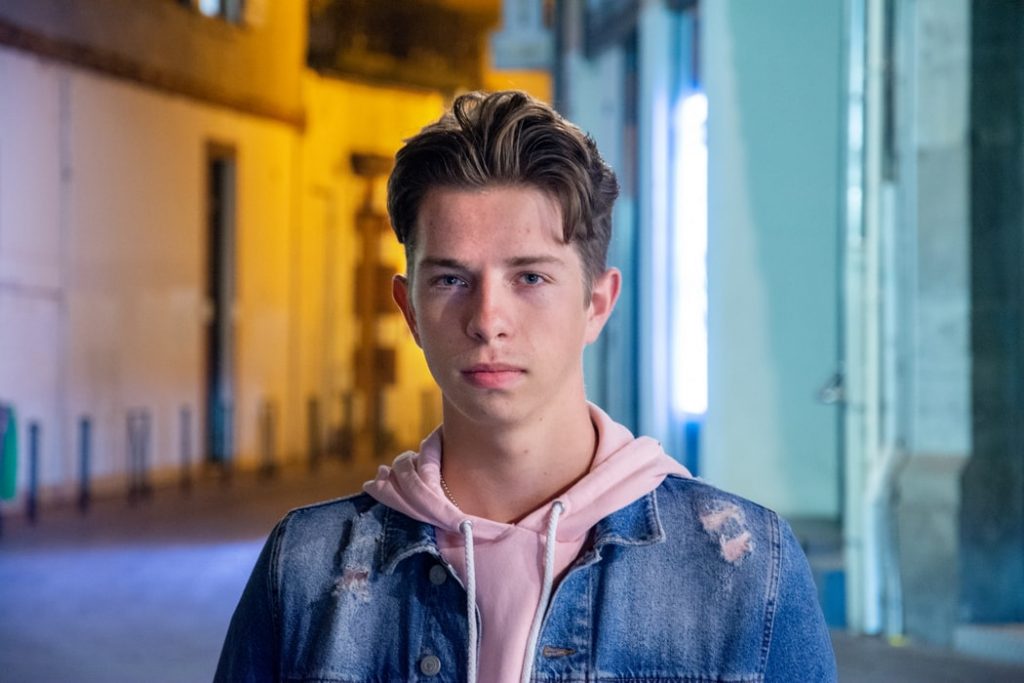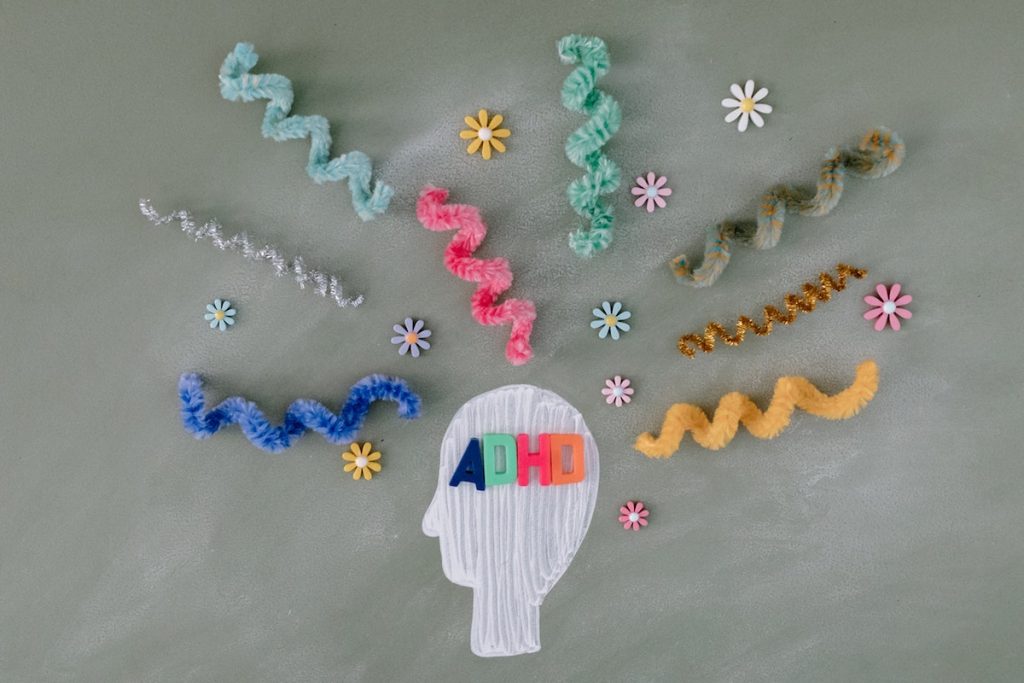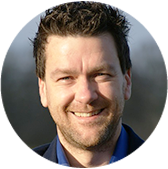Let NeuroZone Be Your Answer to ADHD
Attention Deficit Hyperactivity Disorder (ADHD) is a condition where a person shows involuntary signs of inattentiveness, hyperactivity, and/or impulsivity. Although all three of these may be present, all three are not necessarily required for a person to be diagnosed with ADHD.[1] Through medicinal and non-medicinal treatments, a person with ADHD may find solutions to their daily incapacities to stay focused, reduce reaction to outside stimuli, and curb impulsive actions.
Lesser Known Signs of ADHD
We all know the common tells of a person with ADHD: they fidget in their seats when seated for too long, they can’t seem to focus on anything given to them, they blurt things out disregarding whoever else was just speaking, they are spontaneous, their eyes seem to glaze over whenever they are preached to. But there are lesser known signs of ADHD that many people with ADHD don’t even know stem from the condition. These lesser known signs include:
- Multiple marriages
- Abandoned hobbies
- Signs of depression and anxiety
- Substance abuse
- Constant lapses in memory
A Day in the Life

If you or someone close to you has been diagnosed with ADHD or ADD then you know how it goes. First, you wake up ten minutes after your alarm goes off in a panicked hurry to start your day. Last night you stayed up late making a to-do list so that you’d be more prepared to go out and conquer your day. It was a very meticulous checklist of what you needed to do today and the order in which you needed to do them. You were proud of yourself for making such a detailed list. But now that list is buried under the pile of clothes (dirty and clean) next to your bed. It doesn’t matter. You’ve forgotten about it anyways.
So, you go about your morning routine with feverish abandonment. It takes an hour, but you’re dressed and head for your car. Hey, that’s the fastest you’ve ever gotten ready. Then, you drive off to work, forgetting to brush your teeth, forgetting it was trash day, and forgetting to walk the dog.
If this sounds too much like your day-to-day ritual or someone you know, please feel free to contact us and speak to one of our staff members about treatment options.
ADHD & Relationships
In a balanced, healthy relationship, the two people need equal focus put on one another’s’ needs, wants, and aspirations to succeed. However, this balance may get stifled when ADHD gets brought into the mix. Persons with ADHD have a higher mean of divorces when compared to the general public.[2] When one or both parties have ADHD, the focus on the other may seem unfettered and at times non-existent. This is due in part to the person with ADHD’s inability to zero-in their focus when necessary and may result in the other partner thinking they aren’t trying or worse, that they don’t care.
For the person with ADHD this is usually contrary to the truth. They do care and they do support their partner. The constant whiplash from all the new hobbies subsequently dropped to the impulsive spending to the constant need for novel stimuli may prove too much for the non-ADHD partner, thus resulting in a split. Living life next to a person with ADHD may feel like a daily roller-coaster, but to that person it’s just the way their mind works. This is the way they see and interact with the world around them.
ADHD & School

Conventionally, most people with ADHD are diagnosed when they are young as their teachers notice their inability to focus and their hyperactivity disrupting the classroom. A child or teen with ADHD may be seen as a constant disruption in class whether from talking out of turn, daydreaming out the window, forgetting due dates, or forgetting assignments altogether. For many children with ADHD the classroom can be a difficult environment.
In a classroom, the stimuli is routinely static, causing them to grow bored easier than other children. Following along during a lesson may seem too onerous for their attention. Also, their constant fidgeting and incessant need to pace may prove distracting for other students. In a study, researchers found that ADHD youths and young adults are twice as likely to start smoking and abusing substances than their non-ADHD counterparts.[3] If untreated, these behaviours grow with the child and continue on into adulthood where similar albeit more mature problems await. However, there is hope as ADHD has become more widely researched and talked about in the last few decades. As research and public interest in the subject has grown so too has avenues for treatments.
Treatments
While some turn to stimulant medication, here at Neurozone in Southern California, we understand the health risks and complications that come with typical ADHD medication. When treated with stimulant medications, a person with ADHD may find new, even worse side effects than the ones deriving from the ADHD itself. Those may include:
- Loss of appetite
- Weight loss
- Mood changes
- Manic episodes
We specialize in a research backed approach that is safer and we believe more effective than stimulant medications: Neurofeedback.
What Is NeuroFeedback?
After mapping your brain with a qEEG Brain Mapping Assessment, we will develop a specific protocol that targets your individually unique brain. Then, leads will be placed around your head and ears. These leads will be attached to a computer that will read the activity in your brain and provide brainwave biofeedback in the form of audio, visual, or tactile feedback.
Every time your brain aligns with the protocol a positive feedback signal will be sent to reinforce and reward your brain. Every time your brain misaligns with the protocol, negative feedback will be generated from the computer. This drug-free, painless approach to treating ADHD helps to rewire the brain’s rewards system and restructures how electrical currents flow through your brain.
The goal of this process is to help regulate the natural state of the brain, garnering flexible, desired brain states. Through reinforcement and inhibition, neurofeedback acts like a stoplight, giving a green when the brain reacts in the desired direction and a red when it needs to stop its current wave pattern.
Consultation
While at your consultation, Erin Badour will discuss the symptoms you’ve been experiencing and learn more about your past experiences when treating your ADHD. She will get to know the real you and get a sense of what your goals for treatment include. This is pivotal in garnering a realistic, effective treatment plan for your sessions. She will then place the brain mapping cap on your head to get an accurate read of your brain’s unique wiring patterns. The cap is made up of leads and sensors that pick up on the different neural firings your brain naturally produces. This will be the basis of how she will go about treating your ADHD. When paralleled with a non-ADHD person’s brain map, the different variants in your brain’s wiring will be obvious and will serve as points of emphasis for your individual protocol.
Results
As is standard in the field of neurofeedback, 2-3 phases of treatments are recommended in order to get the outcomes you want. This can vary depending on the results of your qEEG Brain Map, your age, and the severity of your condition being treated. One phase of treatment can take between 20-30 sessions. While some patients have noted a difference after the first 10 sessions, it can differ depending on the type of condition and its severity.
NeuroFeedback & ADHD
When a team of researchers set out to find a different solution to ADHD other than stimulant medication, they researched the effects of bio neurofeedback and its ability to alleviate symptoms of ADHD. Through their research they found neurofeedback as a viable solution in the treatment of ADHD.[4]. This technology harnesses the ability for the brain to passively learn new ways of processing information and stimuli. When the new brain patterns are activated by the neurofeedback technology, the brain starts to learn and adapt to this new way of processing information. It shifts its natural wiring to align with this new, effective way of thinking. Suddenly, the brain is able to stay focused for long periods of time, self-regulate hyperactivity, and catch impulsivity before the spiral even begins.
If this sounds like it could be the solution you’ve been waiting for then please call us at (310) 821-3640 to schedule your free consultation today!
References
- CDC. (2021, January 26). What is ADHD? Centers for Disease Control and Prevention. https://www.cdc.gov/ncbddd/adhd/facts.html
- Murphy K, Barkley RA. Attention deficit hyperactivity disorder adults: comorbidities and adaptive impairments. Compr Psychiatry. 1996 Nov-Dec;37(6):393-401. doi: 10.1016/s0010-440x(96)90022-x. PMID: 8932963.
- Wilens, T. E., & Spencer, T. J. (2010). Understanding attention-deficit/hyperactivity disorder from childhood to adulthood. Postgraduate medicine, 122(5), 97–109. https://doi.org/10.3810/pgm.2010.09.2206
- Enriquez-Geppert, S., Smit, D., Pimenta, M. G., & Arns, M. (2019). Neurofeedback as a Treatment Intervention in ADHD: Current Evidence and Practice. Current psychiatry reports, 21(6), 46. https://doi.org/10.1007/s11920-019-1021-4





